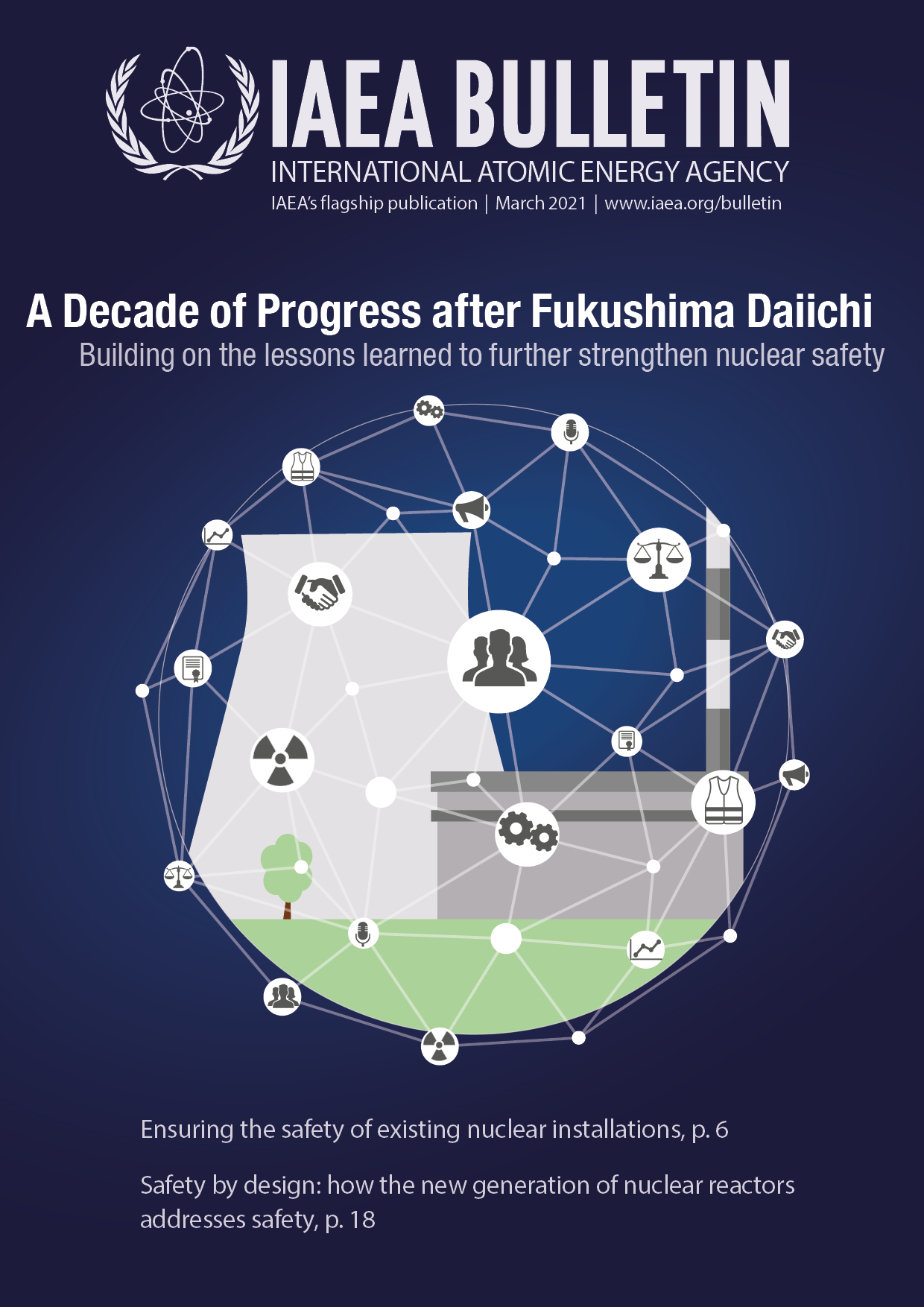Why is leadership vital in nuclear safety? Leadership is needed to initiate appropriate safety actions, motivate staff to ensure safety procedures are followed 24/7, and provide guidance on implementing safety measures.
Learning about the importance of leaders in safety is part of the IAEA International School of Nuclear and Radiological Leadership for Safety, launched in 2016.
Cultivating a safety culture among staff, so that they can understand the importance of safety and the measures required to sustain it, is key in the nuclear industry. Establishing a strong safety culture is one the most fundamental management principles when using nuclear technology. It aims to strengthen the implementation of a systemic approach to safety, that is, the interaction between humans, technology and organizations within the national nuclear infrastructure. The importance of safety culture is one of the key lessons learned from the Fukushima Daiichi nuclear accident.
“The goal of the School is to enable current leaders and future ones in the nuclear field to have a better and more insightful understanding of their role in having a robust safety culture at nuclear facilities around the world,” said Shahid Mallick, Head of the Programme and Strategy Coordination Section of the IAEA’s Office of Safety and Security Coordination. “Communicating policies and plans on the safety-first principle is important when using nuclear technology.”
The School focuses on the application of nuclear and radiological safety leadership concepts to real-life situations. It aims to develop the leadership skills of mid-career professionals and uses normal and emergency scenarios to test leadership and management skills. “The high demand in attending the School from across our Member States since its introduction is a reflection of the requirement for such support,” Mallick said.

